‘Water is coming for the city, how do we live with that?’ asks TBA21 in Venice
Art advocacy and activism platform TBA21's Venetian project, Ocean Space, addresses the climate issues the city is facing
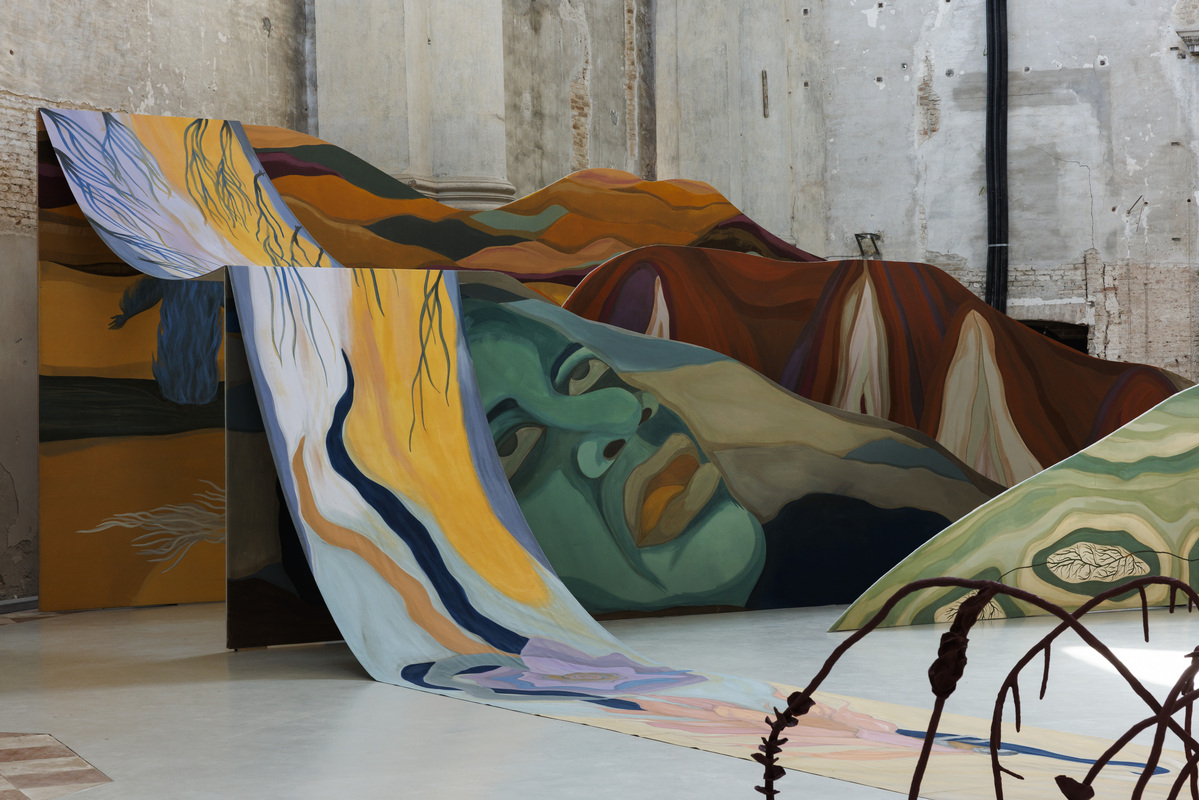
That Venice is slowly sinking into the lagoon is well known. Each year, the water laps a little higher up the historic buildings and technological solutions are proposed to slow the impact of climate breakdown on one of the world’s most important cultural sites. Culture, especially that across the city’s biennales, is often used to discuss the importance of recognising climate issues or to ‘raise awareness’ of crises we collectively face (as if most of the planet wasn’t already acutely aware), but not many organisations actively enmesh their cultural offer with direct action.
TBA21, established by philanthropist and art patron Francesca Thyssen-Bornemisza in 2002, is based in Madrid with an experimental exhibition space in the basement of the Museo Nacional Thyssen-Bornemisza. From the outset intended as a platform for advocacy, education, and outreach as well as art, it presents projects across the world, including in one of Venice’s grandest spaces for exhibition.
Ocean Space is TBA21’s Venetian offer, located within the Chiesa di San Lorenzo, a 16th-century church with such immense internal height that upon entering, visitors immediately whiplash their heads back to look upwards. With the quality of light and sense of depth within, the feeling has something of the sense of looking up to the surface from an ocean bed, a quality built on by A shipwreck is not a wreck, Nadia Huggins’ sculpture, sound and video work that invites visitors to recline on the floor under an upended hull skeleton, amongst coral, rocks, sea creatures, and bodies. 'We're on the sea floor, and the ceiling projection looks at these people swimming overhead – it gives a 360 view of being underwater,' Huggins says of a work both disorientating but also deeply relaxing.
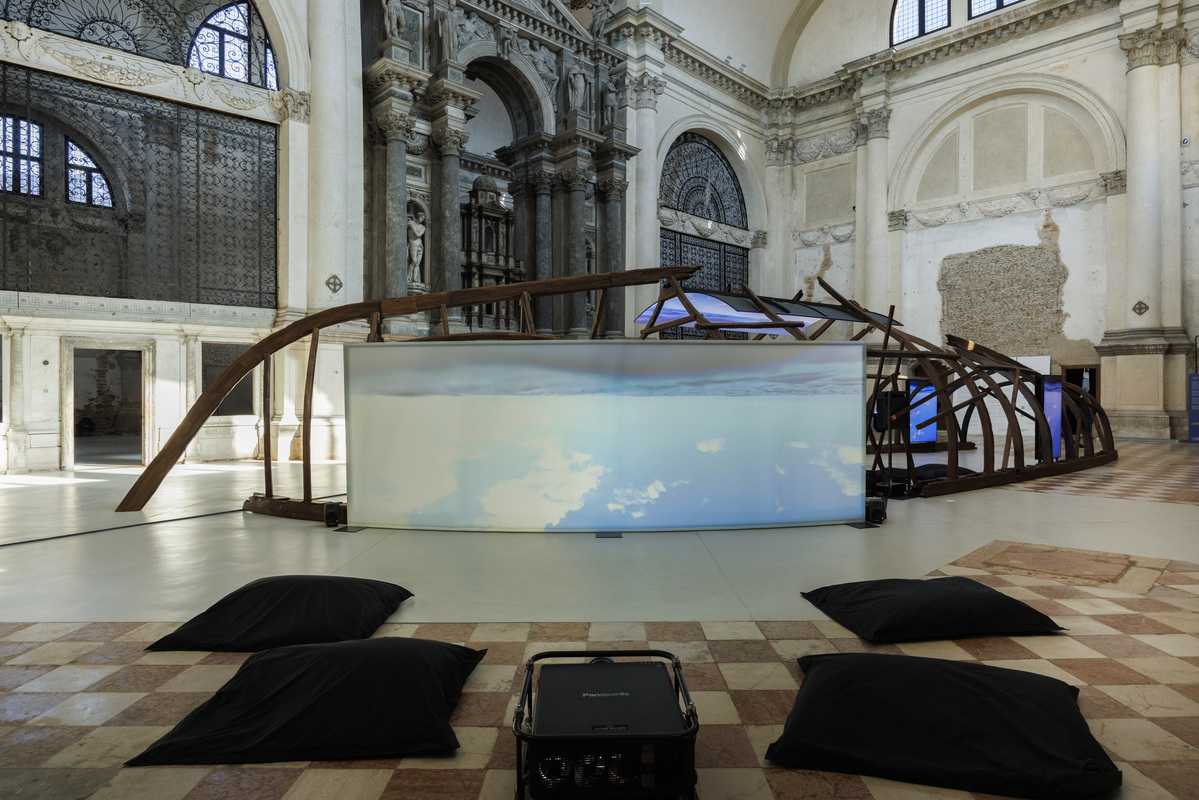
Nadia Huggins, “A shipwreck is not a wreck”, 2025. Exhibition view of “otras montañas, las que andan sueltas bajo el agua” [other mountains, adrift beneath the waves], Ocean Space, Venice. Commissioned by TBA21–Academy. Photo: Jacopo Salvi
Huggins’ work speaks to colonial and oceanic histories and how the ocean may inform not only how humans may respect subaquatic ecologies, but also offer lessons for how we could work better in our own world. Ocean Space is split by a double-sided altar with openings that allow sight and sound to travel between, with sculptural paintings by Tessa Mars standing in the other side of the chasmal space. Mars’ A call to the ocean is a series of theatre-style flats onto which the artist has painted mountain landscapes, perhaps landscapes submerged under oceans, unseen by human eyes. Characters seem to melt into the scenes, a compression of life and nature, again inviting future relationships between us and the world we are in.
Both installations were curated by Yina Jiménez Suriel as part of her three-year research project as Curatorial Fellow with TBA21—Academy, the research arm of the organisation that seeks to not only use art as a creative tool to consider the oceanic world, but as a methodology that intersects with science, politics, activism, policy, and conservation in quite unique ways. It is part of several intersecting strands of the TBA21 programme, all centring art as a process more than an outcome.
It's all overseen by co-directors Rosa Ferré and Markus Reymann, the pair responsible for overseeing the teams based at the two TBA21 sites where multisensory, exploratory exhibitions such as that by Jiménez Suriel, which Reymann says can be ‘a kind of interface to transmit ideas but also lure [the visitor] into research processes and bodies’. They also connect the institutions and team to a wider network of experts and advisors across the world, which the co-director explains as the second critical strand: ‘By giving artists access to such networks, to decision making processes, to policy and political fora, where the act of making becomes a space for experimentation, disruption, and profound questioning of the inevitability of things.’
Wallpaper* was speaking to Reymann on the steps of Chiesa di San Lorenzo that open onto a public square. A short walk away, the 2025 Venice Architecture Biennale was opening, a major component of the city’s identity as a place of culture and tourism. The church has two ways in: the main entrance behind where we are sitting, facing a public piazza and within sight of tourist restaurants, a gondolier station, and the main drag to San Marco; then another to the rear, a small door from the cloistered courtyard that connects to the northeastern parts of the island, an area with far fewer tourists but real housing, workplaces, local bars, and schools. It’s the bit of Venice most visitors won’t see, but it’s a social and public ecosystem as under threat as that of the lagoon waters.
Receive our daily digest of inspiration, escapism and design stories from around the world direct to your inbox.

Nadia Huggins, “A shipwreck is not a wreck”, 2025. Exhibition view of “otras montañas, las que andan sueltas bajo el agua” [other mountains, adrift beneath the waves], Ocean Space, Venice. Commissioned by TBA21–Academy. Photo: Jacopo Salvi
TBA21 doesn't separate the human and natural world. If we want nature to heal, we will be central to that, the lives that inhabit oceanic and watery places include us, and while humanity may have caused all of the crises facing the seas, we are well placed to also provide knowledge and solutions to repair – including communities as well as the scientists and experts. 'You need to meet people’s needs,' Reymann says, 'one model that we want to test out and experiment with here is to address the people that live here, who have to deal with the fact that sea levels are rising, that water is coming for the city, and how do we live with that?' That back door is open, Ocean Space is for the local communities to that side, just as it is for the international communities who visit through the front.
Ocean Space opened to the public in 2019. While the organisation took over the management of the church from the city authorities a few years earlier, it needed renovations and to be made fully accessible. The founder of TBA21, Francesca Thyssen-Bornemisza, had experience in this arena, having already spent two decades restoring a Franciscan monastery on the Croatian island of Lopud with Dubrovnik architect Rujana Bergam Marković. Shortly after the Chiesa di San Lorenzo restoration was completed, and the first exhibition had opened – a Joan Jonas exploration of aquariums comprising video, sculpture, drawing, and sound – Covid struck the world. While far from ideal for a new cultural institution, Reymann speaks of the benefits it brought.
'We were one of the very few organisations in Venice that were still here, and we opened the first moment when people were able to start moving around,' Reymann says. 'We put a light installation into the piazza to signal that we're here and we're going to do something for you, then we started organising walks with specialists.' It was perhaps the first time in decades that Venice was only populated by residents, so to see that this new institution was open, despite the absence of tourists, encouraged locals to explore and TBA21 to develop new relationships. Walks around the city with oceanographers and architects helped the local community not only read their city afresh, but also feed back situated knowledge and experiences to experts involved in the recovery of the city and lagoon.

Nadia Huggins at Ocean Space, on the occasion of the exhibition ‘otras montañas, las que andan sueltas bajo el agua’ [other mountains, adrift beneath the waves], Ocean Space, Venice, 2025
Just as water is not geographically tied to a place, but travels the world through the hydrological cycle, so too TBA21 takes its inquiry and expertise to oceans and beyond. In 2023, as part of the work that includes the current exhibitions, TBA21 spent time in the Dominican Republic’s Silver Bank underwater coral platform, covering over 1,500 sq km and a breeding and calving area for humpback whales. Alongside British sound recordist Chis Watson and Norwegian artist Jana Winderen, TBA21 took along whale researcher and two coral reef specialists.
'One of the specialists, Dr Ruben Torres, showed us a project he was doing with kids in the neighbourhood where he taught them how to dive and build micro fragment corals in nurseries; they would go out to plant them,' recalls Reymann of one project. TBA21 invited him to Jamaica, a place where Francesca Thyssen-Bornemisza had property and also first-hand experience of reef collapse. A similar restoration project could take place there, Dr Torres said, though with no marine laboratory in the local university, TBA21 supported a PhD residency and establishment of local partner initiative, Alligator Head Foundation, similarly sited at the intersection of science, art, and community.
'There is tourism development in the same region,' says Reymann, 'and local people see an obvious series of events: conservation, then displacement, then sudden tourism. That’s the tricky part we've been working very hard in, similar to here in Venice; it's a question of trust-building, not going into a place and telling people what they have to do, but asking questions, listening, and seeing where this goes.' He adds that 'sometimes those questions don’t just come through conversation, but through art, cooking, or growing.'
This diffusion of agency is welcome in an art world where institutions often like to keep control and gatekeep access and outcomes. In a cultural landscape where ecologies and climate are often an ingredient or precursor to spectacular art objects, but only to the end of ‘raising awareness’ that TBA21 is dedicated to solutions and hard work is welcome. Reymann and Ferré oversee a complex web of projects, activations, and events, all of which incorporate culture but none of which sees art as the final outcome.
This is the case with the recent United Nations Ocean Conference (UNOC) in Nice, where TBA21 was invited as a leading cultural partner. 'We have a colleague on the team that specifically worked on advocacy questions, and he was able to weave incredible networks of people together,' Reymann explains. TBA21’s UNOC work sits publicly as an exhibition, ‘Becoming Ocean’, co-organised with the Tara Ocean Foundation and with the participation of the Schmidt Ocean Institute, but goes much further than simply adding colour and culture to a political talking shop.
A long series of discussions, workshops, conferences, symposia, partner networking, and round tables saw that the research and ideas developed in the process of making art fed into the discussions and outcomes for saving oceans. 'We made an enormous effort that art and culture find their way into the language of the declaration,' Reymann says, 'because the UN system is based on precedent – so if it makes it into UNOC 2025, it's there in perpetuity, and people can build on it.'
Ocean Space feels older than its relatively young existence. In only six years, it has created offshoots and partnerships across the world, organised conferences and dialogues, and fought to centre artists and culture at the heart of conversations, decisions, and policy approach related to oceans and all their aquatic life – human or otherwise. It has also created some stunning and memorable exhibitions, but with culture that – like the worlds they are focused on exploring and supporting – goes far, far deeper than surface level.
The Ocean Space exhibition runs until 2 November 2025
Will Jennings is a writer, educator and artist based in London and is a regular contributor to Wallpaper*. Will is interested in how arts and architectures intersect and is editor of online arts and architecture writing platform recessed.space and director of the charity Hypha Studios, as well as a member of the Association of International Art Critics.
-
 The Maybach Ocean Club is a floating members’ club for the super-rich
The Maybach Ocean Club is a floating members’ club for the super-richMercedes-Benz Places, the carmaker’s property arm, has announced the upcoming Maybach Ocean Club, a ship-based enclave inspired by automotive luxury
-
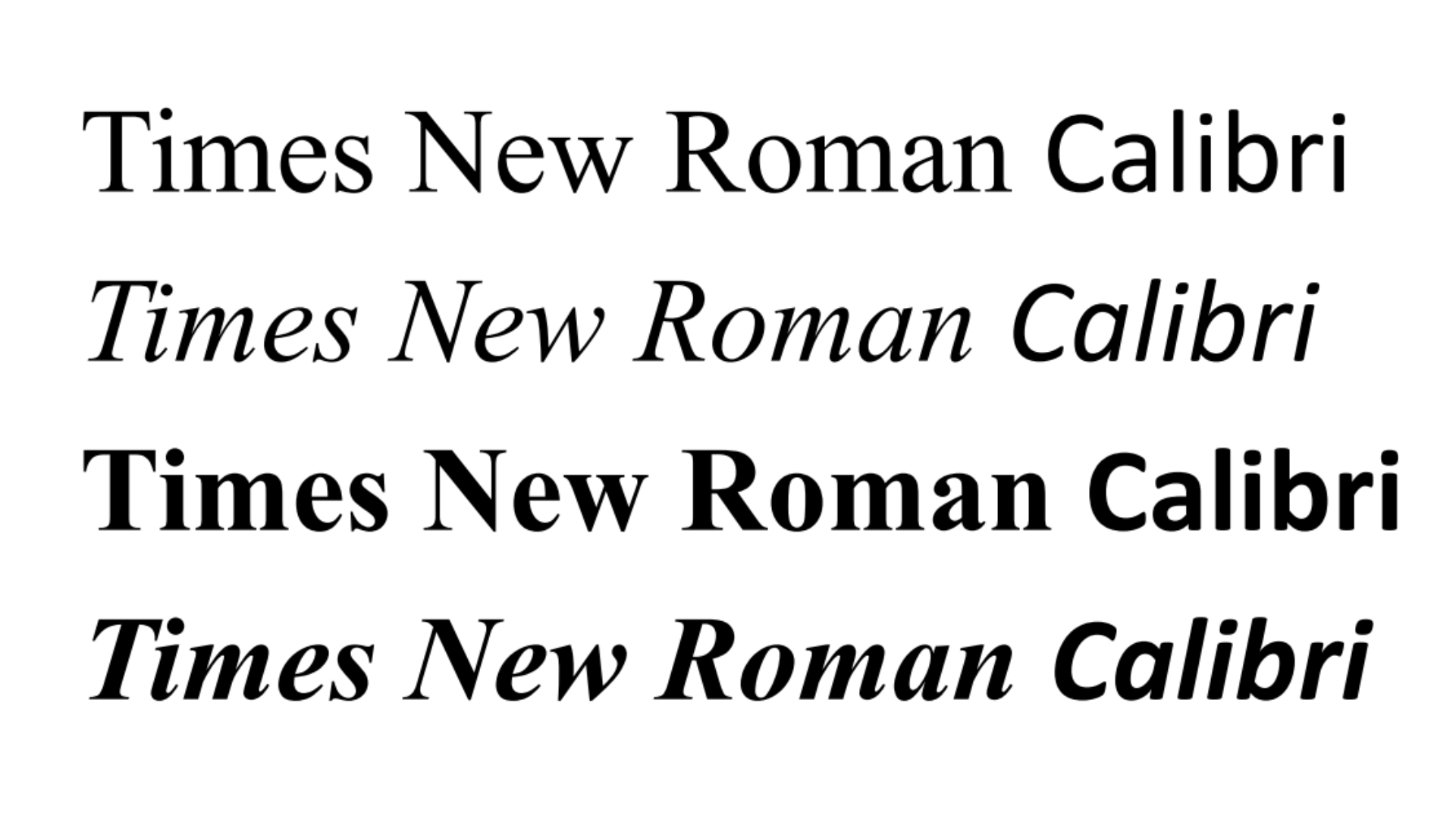 Is the Calibri typeface 'woke'? We asked its designer
Is the Calibri typeface 'woke'? We asked its designer'It's more a compliment than something bad for me,’ says the Dutch type designer Lucas de Groot
-
 The Wallpaper* Design Awards are back in 2026 – see who's shortlisted
The Wallpaper* Design Awards are back in 2026 – see who's shortlistedOur annual design awards returns in January – here are the first shortlisted nominees
-
 Venice Film Festival brings auteurs, daring debuts and unforgettable stories
Venice Film Festival brings auteurs, daring debuts and unforgettable storiesVenice Film Festival is in full swing – here are the films shaping up to be the year's must-sees
-
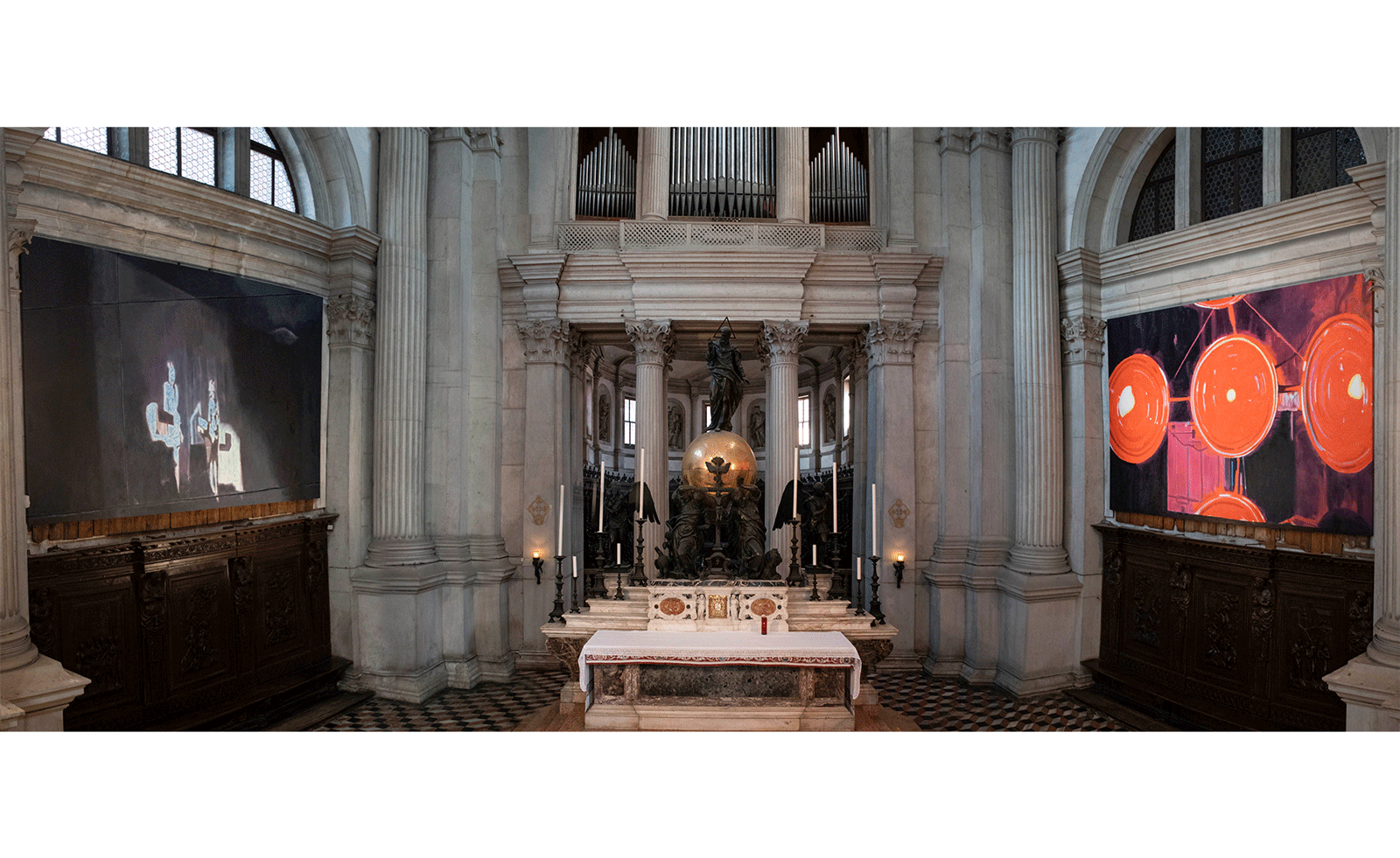 Luc Tuymans debuts his largest ever paintings at Venice’s majestic San Giorgio Maggiore Basilica
Luc Tuymans debuts his largest ever paintings at Venice’s majestic San Giorgio Maggiore BasilicaLuc Tuymans is the latest artist to be commissioned by San Giorgio to present work inside its famous space
-
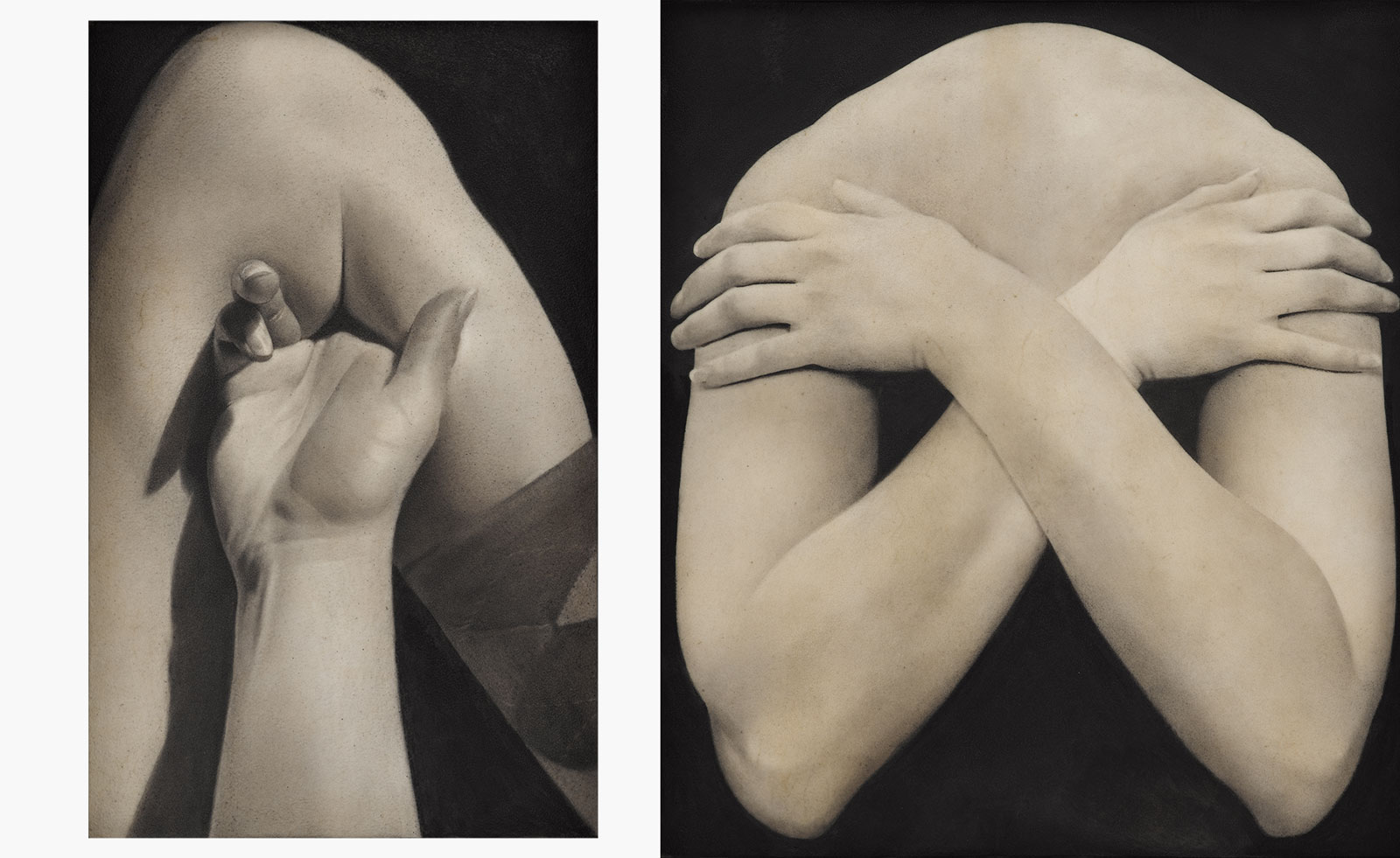 Saskia Colwell’s playful drawings resemble marble sculptures
Saskia Colwell’s playful drawings resemble marble sculpturesSaskia Colwell draws on classical and modern references for ‘Skin on Skin’, her solo exhibition at Victoria Miro, Venice
-
 Portrait of a modernist maverick: last chance to see the Jean Cocteau retrospective in Venice
Portrait of a modernist maverick: last chance to see the Jean Cocteau retrospective in Venice‘Cocteau: The Juggler’s Revenge’, celebrating the French artist's defiance of artistic labels, is in its final week at Peggy Guggenheim Collection, Venice
-
 ‘Personal Structures’ in Venice is about ‘artists breaking free’
‘Personal Structures’ in Venice is about ‘artists breaking free’‘Personal Structures 2024: Beyond Boundaries’ reveals a rich tapestry of perspectives on the challenges of our time, from culture to climate and identity
-
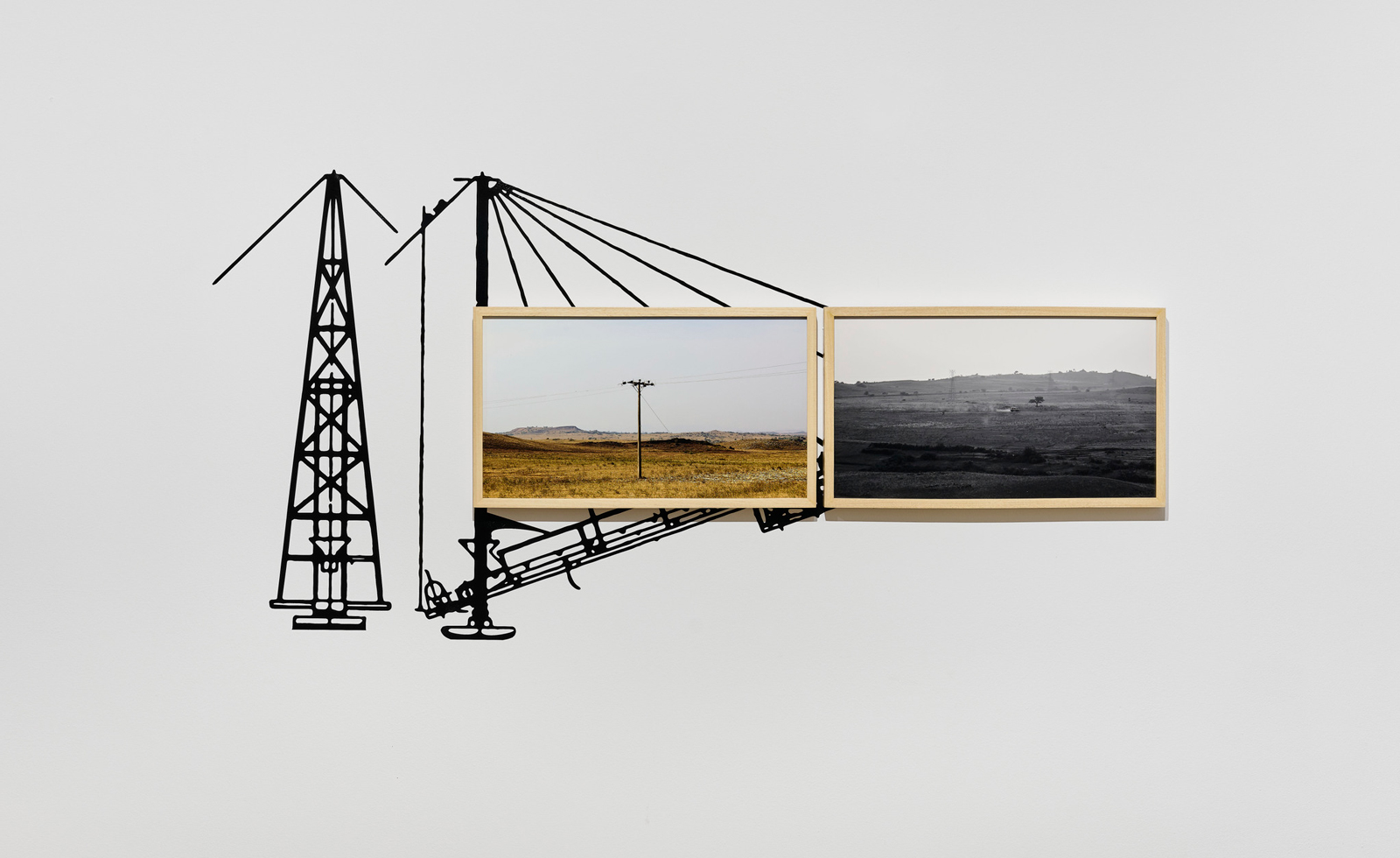 Aindrea Emelife on bringing the Nigerian Pavilion to life at the Venice Biennale 2024
Aindrea Emelife on bringing the Nigerian Pavilion to life at the Venice Biennale 2024Curator Aindrea Emelife has spearheaded a new wave of contemporary artists at the Venice Biennale’s second-ever Nigerian Pavilion. Here, she talks about what the world needs to learn about African art
-
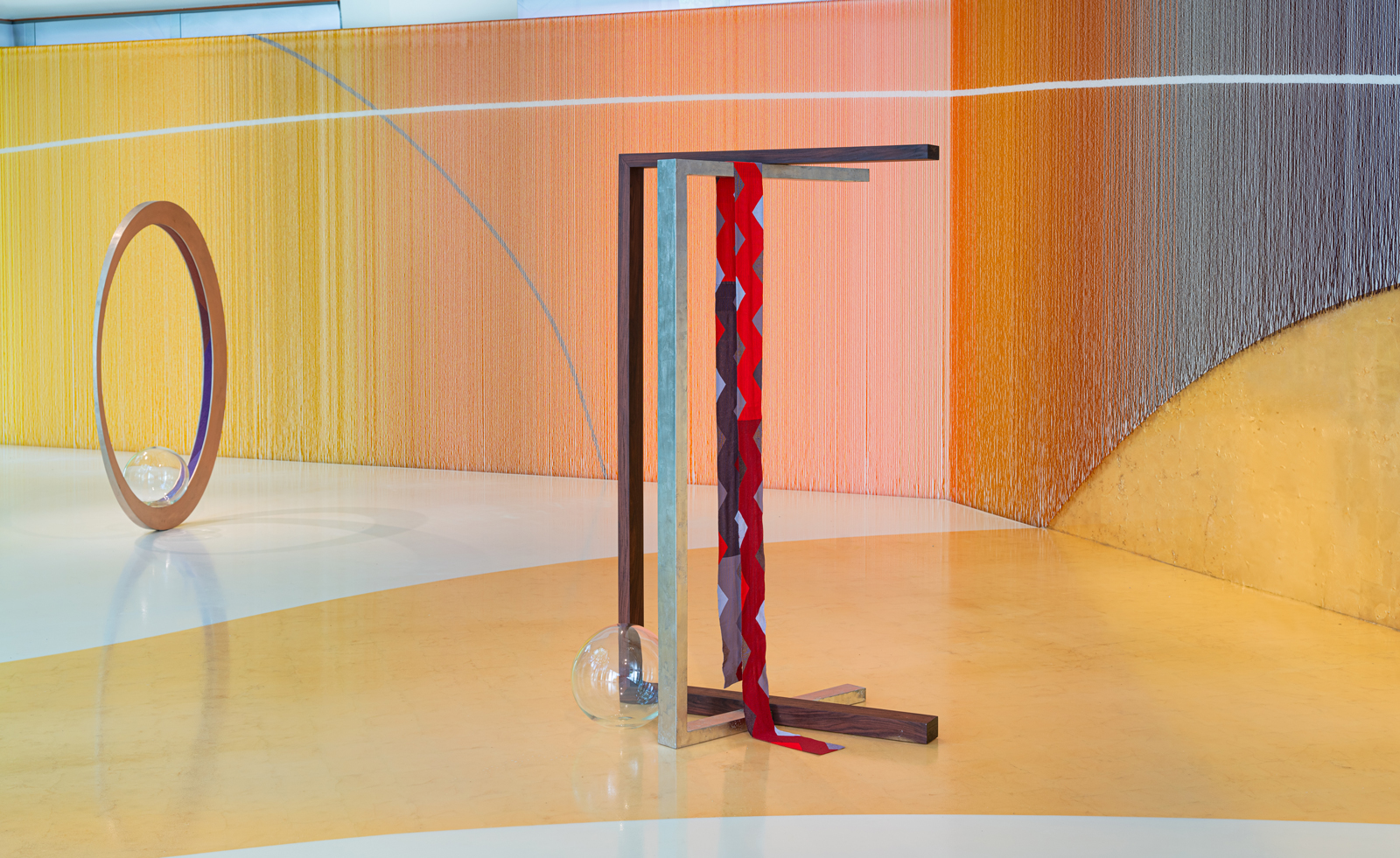 Kapwani Kiwanga considers value and commerce for the Canada Pavilion at the Venice Biennale 2024
Kapwani Kiwanga considers value and commerce for the Canada Pavilion at the Venice Biennale 2024Kapwani Kiwanga draws on her experiences in materiality for the Canada Pavilion at the 60th Venice Biennale
-
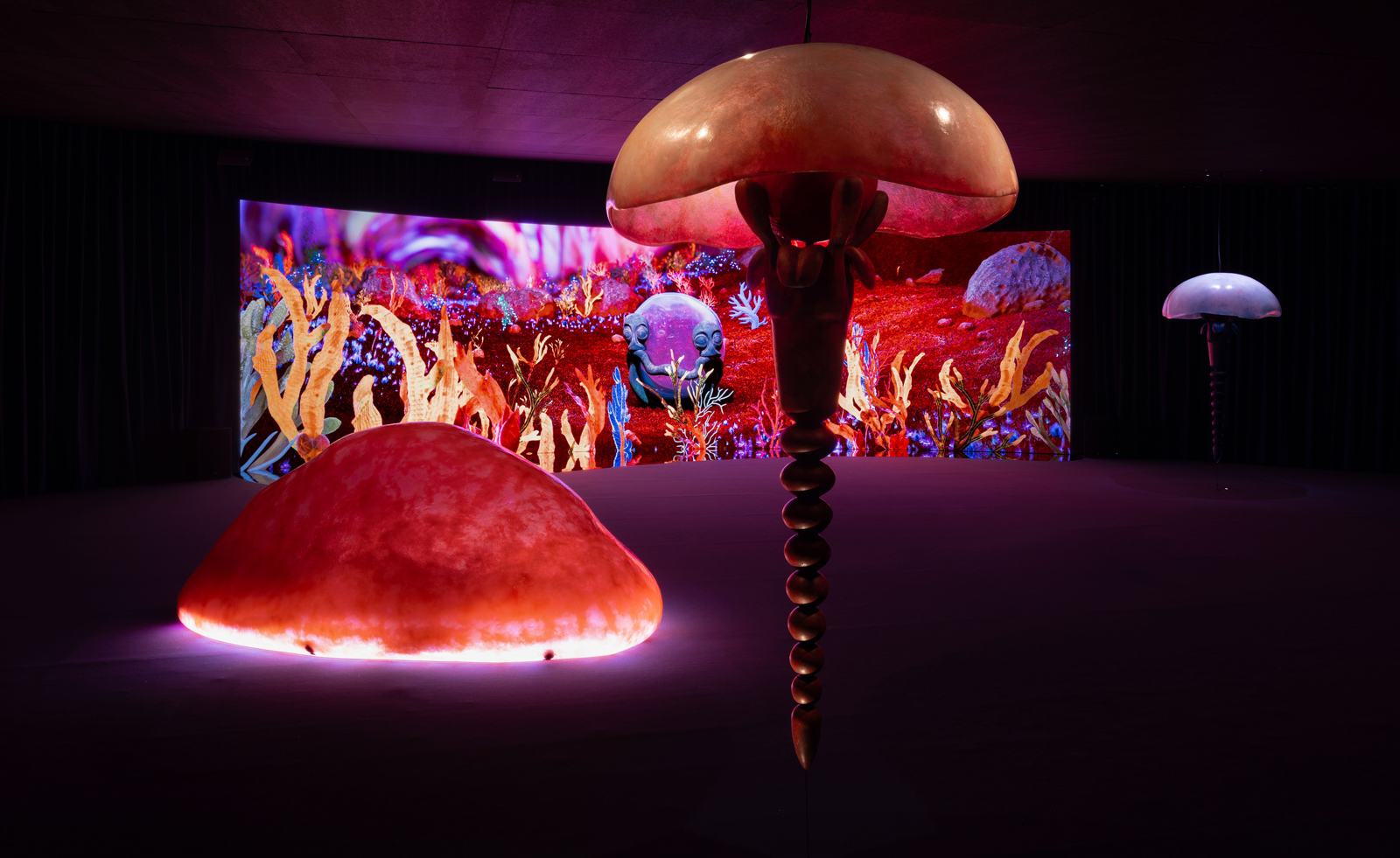 Venice Art Biennale 2024 highlights
Venice Art Biennale 2024 highlightsThe Venice Art Biennale took place 20 April - 24 November 2024 – here are our highlights from around Venice